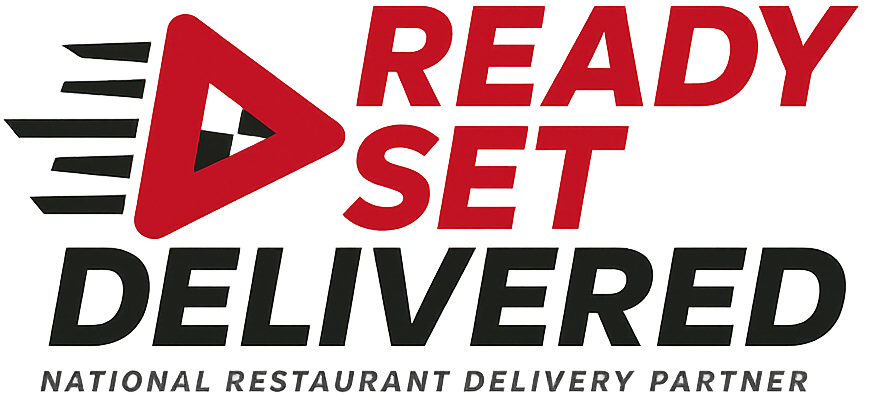Third-Party Apps vs First-Party Ordering: What Actually Makes You More Profit
Third-party platforms promise convenience but eat your profits. First-party ordering gives you control and better margins. Here's the real comparison.

Third-Party Apps vs First-Party Ordering: What Actually Makes You More Profit
Every restaurant owner faces the same dilemma: stick with third-party platforms for convenience or build your own ordering system for control. The choice directly impacts your bottom line, but the numbers aren't always what they seem.
The Third-Party Reality Check
What You're Really Paying
Third-party platforms charge 30-40% of your order value. Here's the breakdown:
For a $25 order, you might only see $15-17.50 in your pocket. That's a 30-40% profit margin hit on every delivery order.
Hidden Costs of Third-Party Dependence
First-Party Ordering: The Profit Alternative
Upfront Investment vs Long-term Savings
Building your own ordering system requires initial investment:
Total upfront cost: $8,500-24,000
But here's the payoff: You keep 85-95% of every order instead of 60-70%.
Real Profit Comparison
Let's say you do $50,000 in monthly delivery sales:
Third-Party Scenario:
First-Party Scenario:
Monthly difference: $8,500 more profit
That's $102,000 extra profit per year. Your upfront investment pays for itself in 2-3 months.
The Customer Experience Factor
Third-Party Limitations
First-Party Advantages
Technology Considerations
Third-Party Integration
Pros:
Cons:
First-Party Development
Pros:
Cons:
Hybrid Approach: The Smart Middle Ground
Many successful restaurants use a hybrid strategy:
Phase 1: Optimize Third-Party Presence
Phase 2: Build First-Party System
Phase 3: Migrate Customers
Real-World Success Story
A burger chain in Texas was paying 38% to third-party platforms. They built a custom ordering system and implemented a migration strategy:
Year 1 Results:
Year 2 Results:
Implementation Roadmap
Month 1-2: Assessment
Month 3-4: Development
Month 5-6: Launch
Month 7-12: Migration
The Bottom Line
Third-party platforms serve a purpose for getting started, but they're not sustainable for long-term profit growth. First-party ordering gives you control, better margins, and customer ownership.
The key is making the transition strategically. Start with a hybrid approach, optimize your third-party presence while building your own system, then gradually migrate customers to your platform.
The numbers don't lie: restaurants that move to first-party ordering see 20-30% better profit margins and stronger customer relationships.
Want Higher Delivery Profit?
Book a quick call. We'll show you the simple changes that move the needle.
Ready to Cut Your Delivery Costs?
Fill out our simple application form and we'll show you how to reduce delivery costs by 50%+ while maintaining the same service quality.
Apply Now